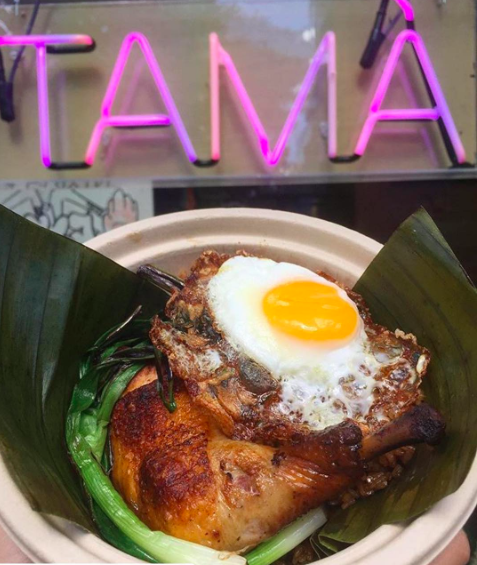It exploded when Anthony Bourdain confessed his love for sisig, and recently, telling the whole world through CNN that Filipino cuisine would be the next food trend. And with that, you can say goodbye to matcha, and say hello to salted egg and ube. But then, why do we need the validation of the Western hemisphere? Why do we need the approval of their palates to elevate the unique flavor profiles that we already have ingrained in our culture? Why is balut such a big thing to them anyway?
Just recently, The New York Times featured New York’s latest Filipino venture—Tama. Situated in a neighborhood in Brooklyn largely unfamiliar with Filipino cuisine, it aims to familiarize the community with the fare’s staples for inexpensive prices. And it’s places like these with their homey vibe and humble aim to naturalize Filipino fare, not treat it as a passing trend, like many borrowed Eastern concepts.
Showcasing Filipino cuisine to a wider audience (predominantly those in the US and UK) is a wonderful endeavor by the tireless chefs with this passion. And it’s because of that devotion to local flavours and ingredients that we need to stop the west from calling our homegrown cuisine a “trend.” While trends come and go, classics will stay on. Let us embed Filipino cuisine as world-class in the global scope of palates, rather than watch it explode as the next big thing, then fizzle out once it’s oversaturated a curious market.
A post shared by Tamà Restaurant (@tamanyc) on
Read more:
Filipino creatives win Advertising Age’s annual cover contest
Why the west is going crazy for this “superfood” we’ve had for centuries
Anthony Bourdain is back in Manila
Writer: BEA CELDRAN




